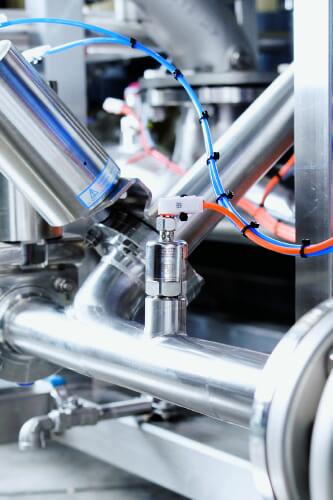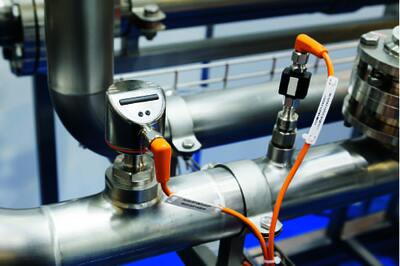Wineries get smart with sensors to prevent overspill

When two large wine tanks at the Destilaria Levira distillery in Portugal burst in 2023, over 2 million litres of wine was released, creating a river of red wine in the streets. Local emergency teams responded quickly to divert the flow of wine into nearby fields (preventing contamination of a local river), but extensive clean-up and repairs were required — with the distillery footing the bill.
“This incident highlights the risks of overfill or overspill, which can have a major impact on wineries. Not only does overspill result in costly product losses as well as additional wastewater treatment costs, labour and maintenance costs — it also exposes the winery to environmental or regulatory risk, as the wine may contaminate local water systems,” said Darryl Blackeby, Regional Sales Manager (SA/WA) of ifm efector (provider of specialist monitoring solutions, including sensors, controllers, software and other digital solutions).
Yet overspill/overfill is easily preventable. By replacing manual monitoring methods with innovative tech solutions, wineries can protect against overspill/overfill and achieve more efficient, sustainable production.
“Manually operated mechanical switches are not a reliable means to prevent overfill. By deploying electronic level switches, meters and sensors, wineries can automate the monitoring of their tanks and pump systems, ensuring that fill rates remain within a safe range,” Blackeby said.
Addressing the cost to install these solutions and automate level monitoring processes, Blackeby said that the return on investment is swift.
“The cost associated with overfill — ranging from wasted product to clean-up costs — will generally outweigh the investment required to install the technology. It only takes one spill to justify the use of these simple monitoring solutions,” he said.

ifm’s hygienic radar level sensors are designed to provide precise, remote level detection, even in tanks as high as 15 m. Equipped with IO-link technology and high-quality displays, these sensor devices display tank levels digitally and in real time. The sensors are designed to be installed quickly and easily, even in small wineries.
In a recent example, the sensors were used in an installation for the Steinhauser distillery — a family-owned distillery founded in Germany in 1828 — to support the production of wines and spirits. “The advantage for us is that we no longer have to measure manually but can monitor the process remotely,” said the Steinhauser team.

Unlike flush pressure sensors that use hydrostatic measurement, radar level sensors do not have issues with deposits building up on the measuring cell, which can interfere with accurate readings. They’re also not affected by the extra pressure that builds up in the tank during fermentation, which can impact pressure-based measurement methods. Additionally, these sensors use smart algorithms to ignore the effects of agitators moving inside the tank during filling.
The level sensors can be coupled with hygienic pressure sensors from the ifm range, as well as its flow meters, for a complete monitoring solution.
“With these devices, winemakers always know how much wine is entering each tank or vessel, and whether there is a pressure fluctuation in any of the tanks, potentially contributing to a tank breach,” Blackeby said.
The data collected by ifm sensors prompts early action, ensuring proper equipment function is maintained and faults are prevented, in turn reducing costly downtime and protecting product quality.
Wineries that collect and analyse their sensor data will benefit from the insights it yields, enabling them to optimise processes, workflows and maintenance schedules.
“In this way, our solutions equip wineries to future-proof their operations, helping them streamline their processes, reduce waste, optimise their resources and cut costs,” Blackeby said.
Beverage maker deploys service-based power supply model
Purearth Foods is leading the way as the first software-led UPS deployment in ANZ beverage...
Blending operations boosted using rotary batch mixer
A contract manufacturer began blending dietary supplement and food powders and manufacturing...
Butter maker required sanitary measurement solution
NOSHOK developed a custom solution for a large butter processing manufacturer which included tank...











